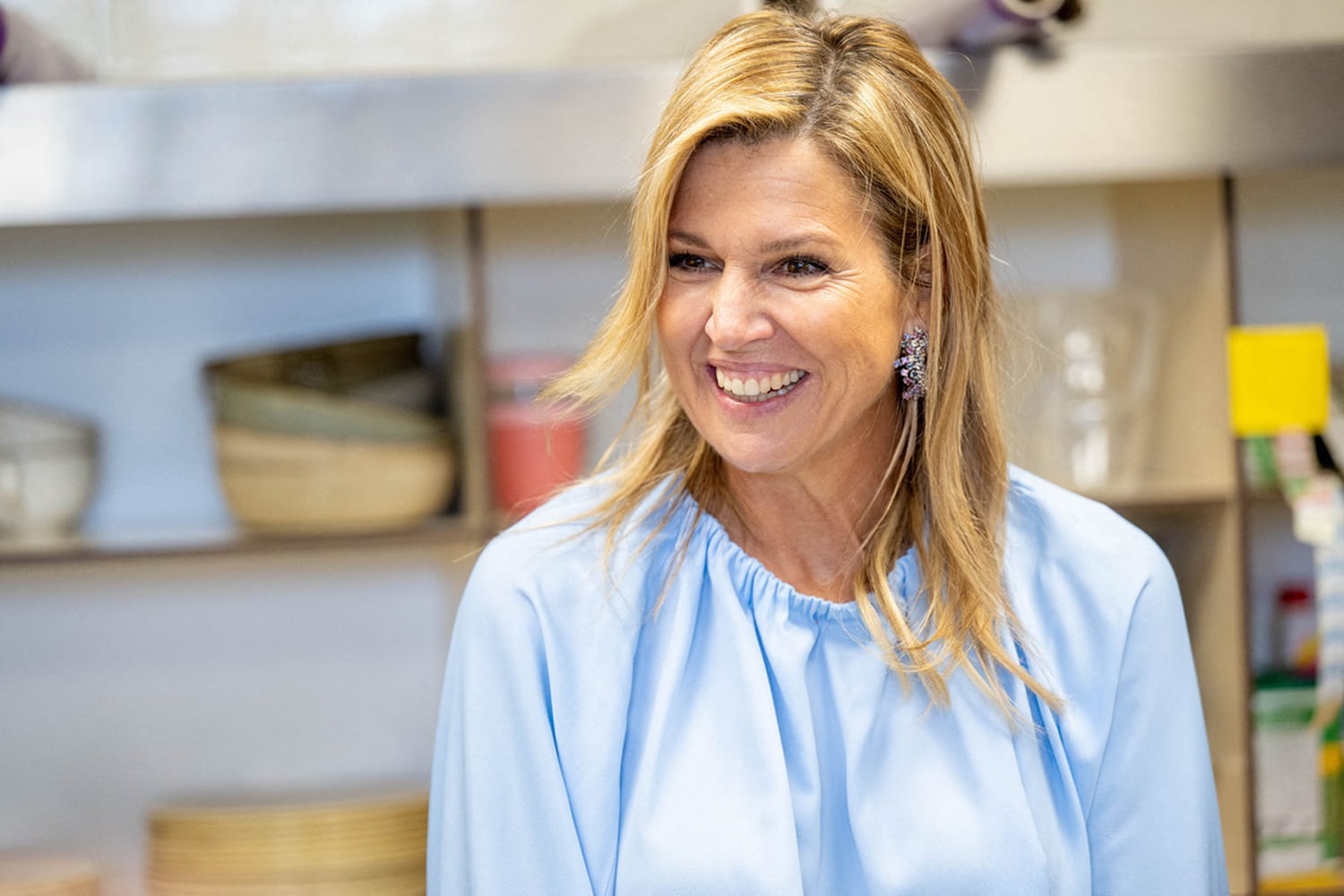We often think that the brain ages slowly… but science shows that it mostly changes in spurts.
The brain evolves throughout life. But we did not know that real biological “caps” existed. This is shown by a large study carried out at the University of Cambridge, which analyzed more than 120,000 MRI scans from international databases. By comparing these images, the researchers identified four ages when the structure of the brain changes rhythm. A sort of chronological map of brain aging, much more nuanced than we imagined.
From birth to 9 years, researchers speak of the “infant brain”. At 9 years old, he enters the “adolescent” phase, this is the first major turning point in his development. At this age, it reaches its maximum volume. Everything is built at high speed: memory, language, reasoning, emotional regulation. The child learns almost effortlessly, but it is also an age where external factors — stress, sleep, family environment — can leave a lasting imprint. The brain is very receptive, for better or for worse. “The nine-year mark coincides with key stages of cognitive, behavioral and mental development” note the authors.
In my early thirties, 32 years old precisely, second turn. It is the most important that the brain knows since it lasts more than three decades. He is reorganizing himself. Its wiring changes to switch to “adult” mode. The volume of white matter (which allows the rapid and organized circulation of information in the brain) is at its maximum. Connections strengthen, others disappear because they are no longer useful. This is the age when we know ourselves better, where decisions become clearer, more calm. Many describe it as a moment of inner stability. “This period of brain network stability corresponds to a plateau in terms of intelligence and personality.” We can say that this is the age when we are most efficient.
At 66, a new tempo sets in: that of aging. Certain areas, especially those involved in recent memory or orientation, begin to slow down. Nothing pathological: it is the normal evolution of the tissues. But it’s also the age where small habits — walking a little every day, keeping an active social life, learning new things — play a major role in maintaining abilities over the long term.
Then comes 83, the age of late aging. This is the last important step identified in the study. Aging accelerates, but not uniformly. Some brains retain remarkable vitality, proof that there is no single way to age. The accumulated lifestyle, the way we maintain our relationships, our passions, our sleep… all of this ends up weighing as much as biology. For researchers, knowing these pivotal ages better could make it possible to adjust prevention and screening, by targeting more sensitive periods. One thing is clear: the brain remains active, adaptable and never totally frozen. Regardless of age, it can still be protected and stimulated.









